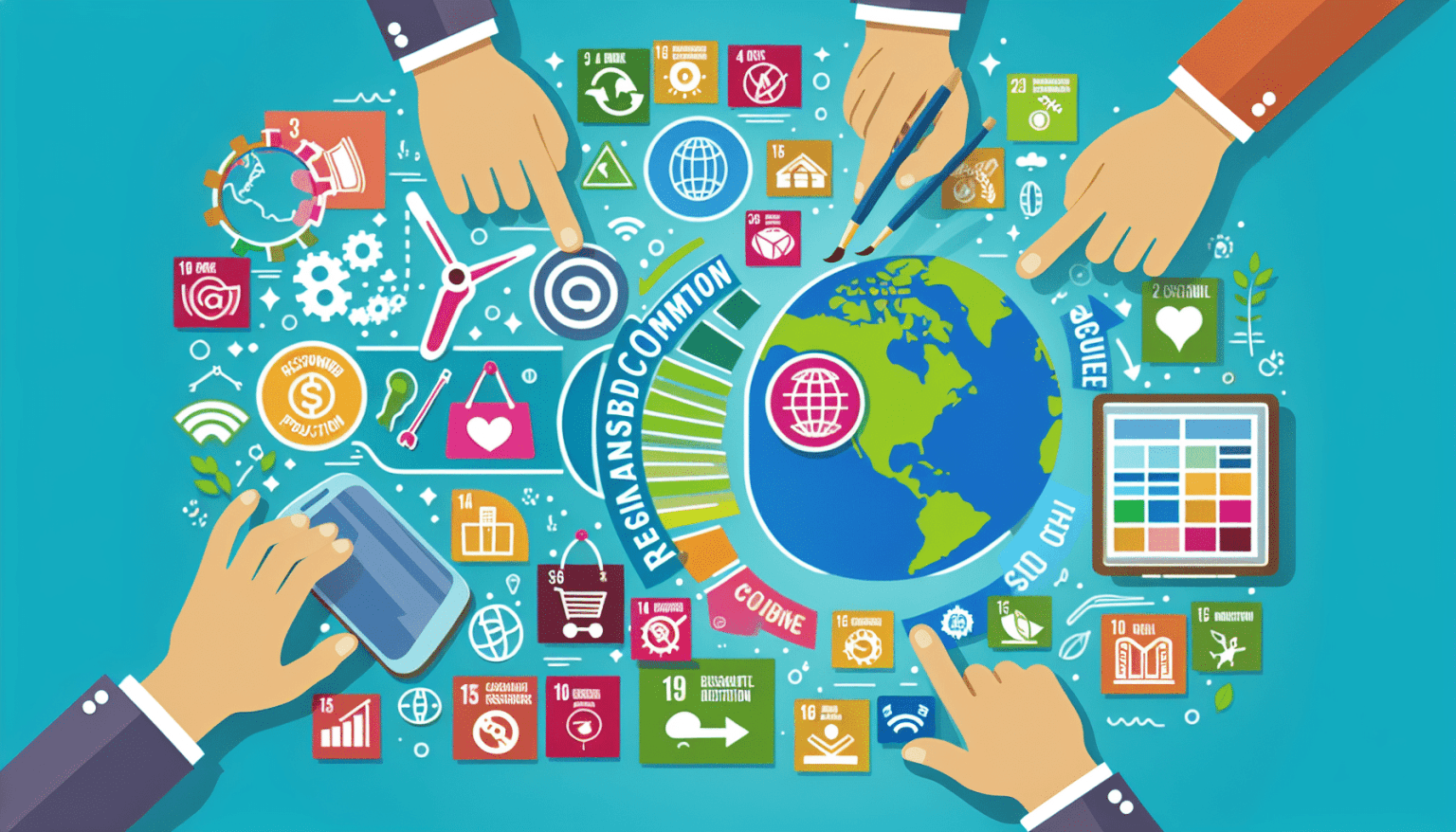Consumption and production patterns have extensive environmental and social impacts, which is why Sustainable Development Goal (SDG) number 12, called “Responsible Consumption and Production,” demands multiple actions. This goal includes the adoption of sustainable practices by companies, the promotion of sustainable procurement policies by policymakers, and the implementation of environmentally conscious lifestyles by consumers.
Monitoring SDG 12 in the context of the European Union (EU) focuses on progress in decoupling environmental impacts from economic growth and promoting the green economy, while addressing waste generation and management.
In 2023, raw material consumption in the EU decreased by 5% (14.1 tons per capita) compared to 2018 (14.9 tons per capita). Additionally, the proportion of secondary raw materials over the total input materials in the economy (circularity rate) remained at 11.5% in 2022, unchanged since 2017.
On the other hand, in 2021, the gross value added of the environmental goods and services sector increased by 0.28 percentage points, rising from 2.24% of gross domestic product (GDP) in 2016 to 2.52%. This increase reflects the growing importance of the sector in the economy.
Raw material consumption (material footprint) shows the amount of extraction required to produce the products demanded by end users in the reference geographical area. In 2023, four main categories of materials were identified: non-metallic minerals represent the largest proportion at 52.3%, followed by biomass (21.8%), fossil energy carriers (18.1%), and metallic minerals (7.8%).
The European Commission has recently adopted a significant set of measures for the sustainable use of key natural resources. The goal is to strengthen the resilience of natural ecosystems throughout the EU, better help Europe adapt to climate change, and ensure long-term food and material security.
For those interested in learning about waste generation in their country and the use of recycled materials in new products, available data visualization tools allow for easy exploration and comparison of the situation in different countries.
The European Commission invites all stakeholders to learn more about the EU’s progress towards the SDGs through various communication products and activities.
Source: MiMub in Spanish
